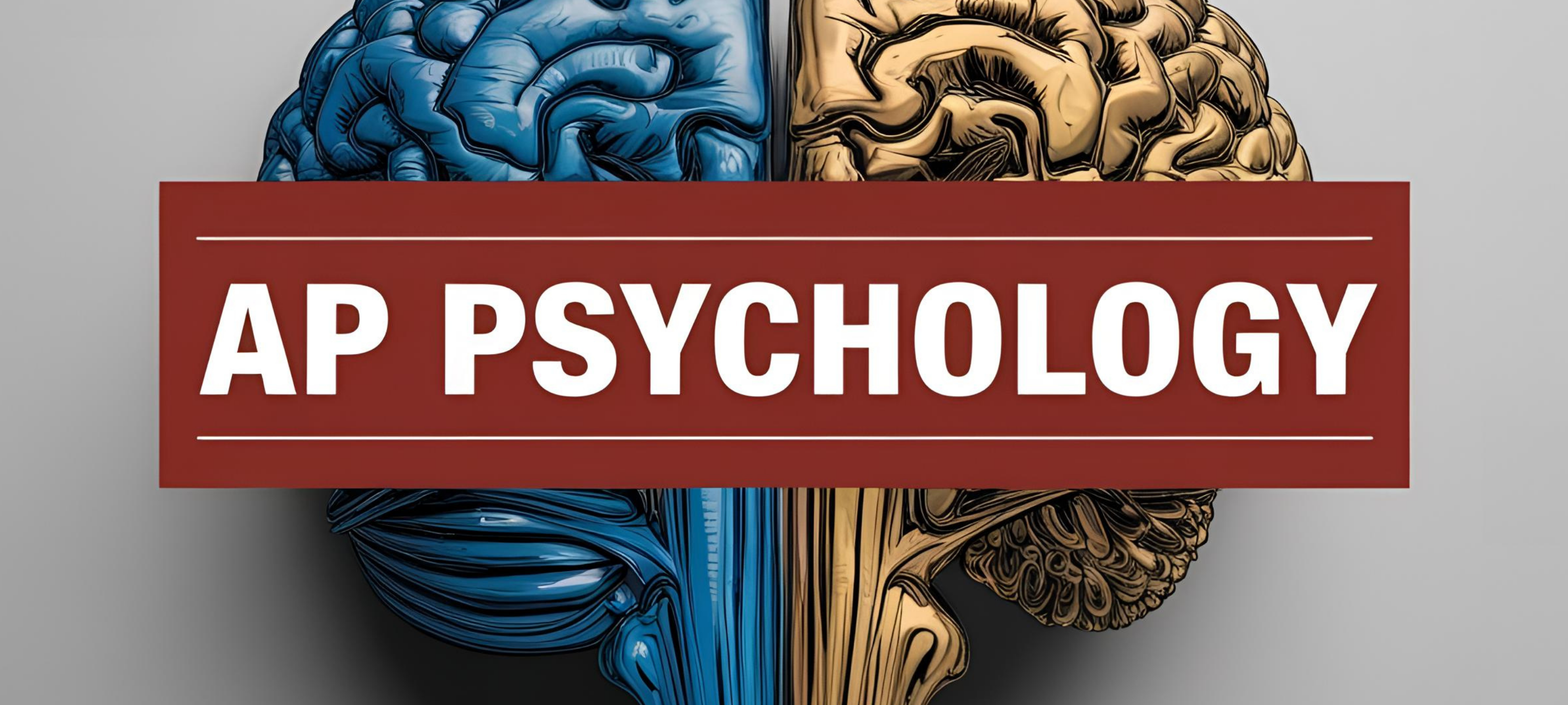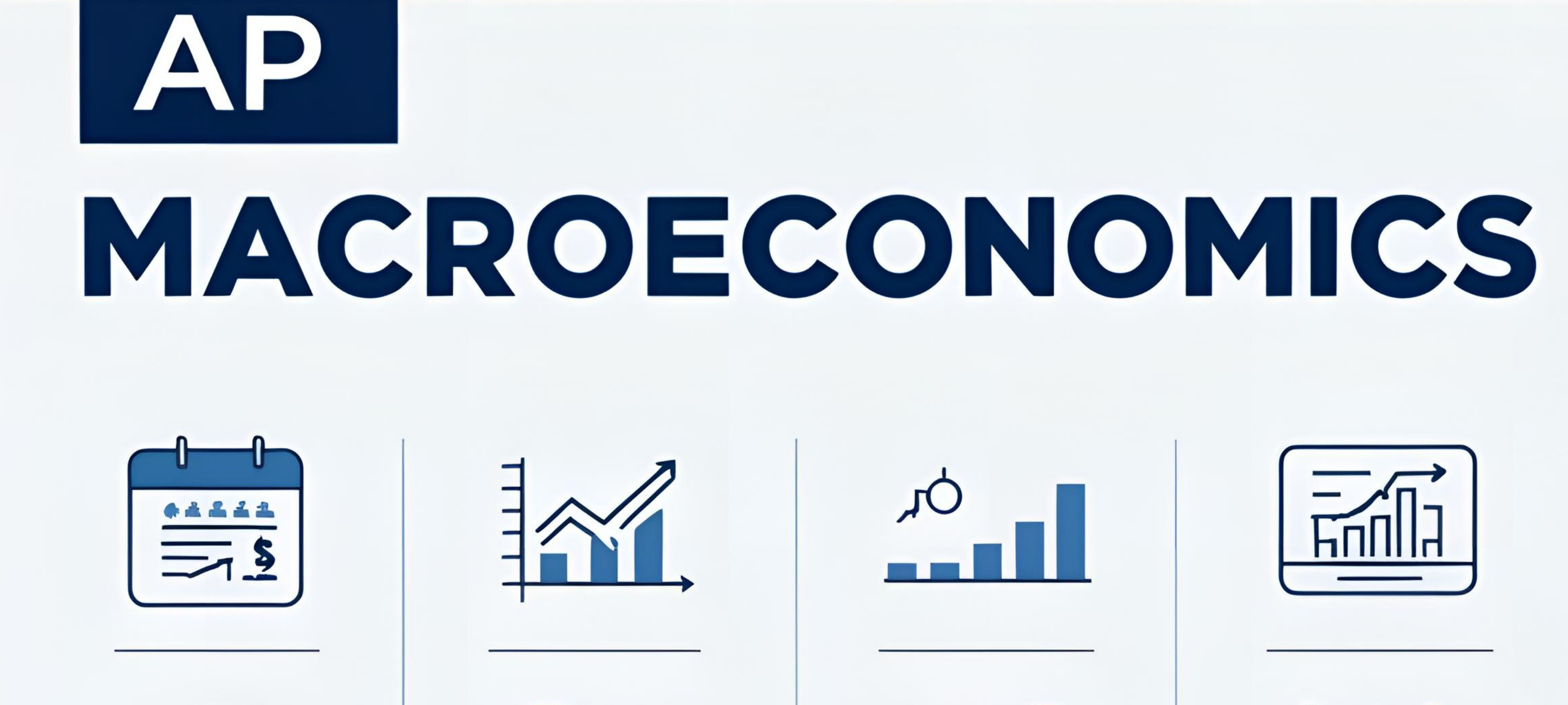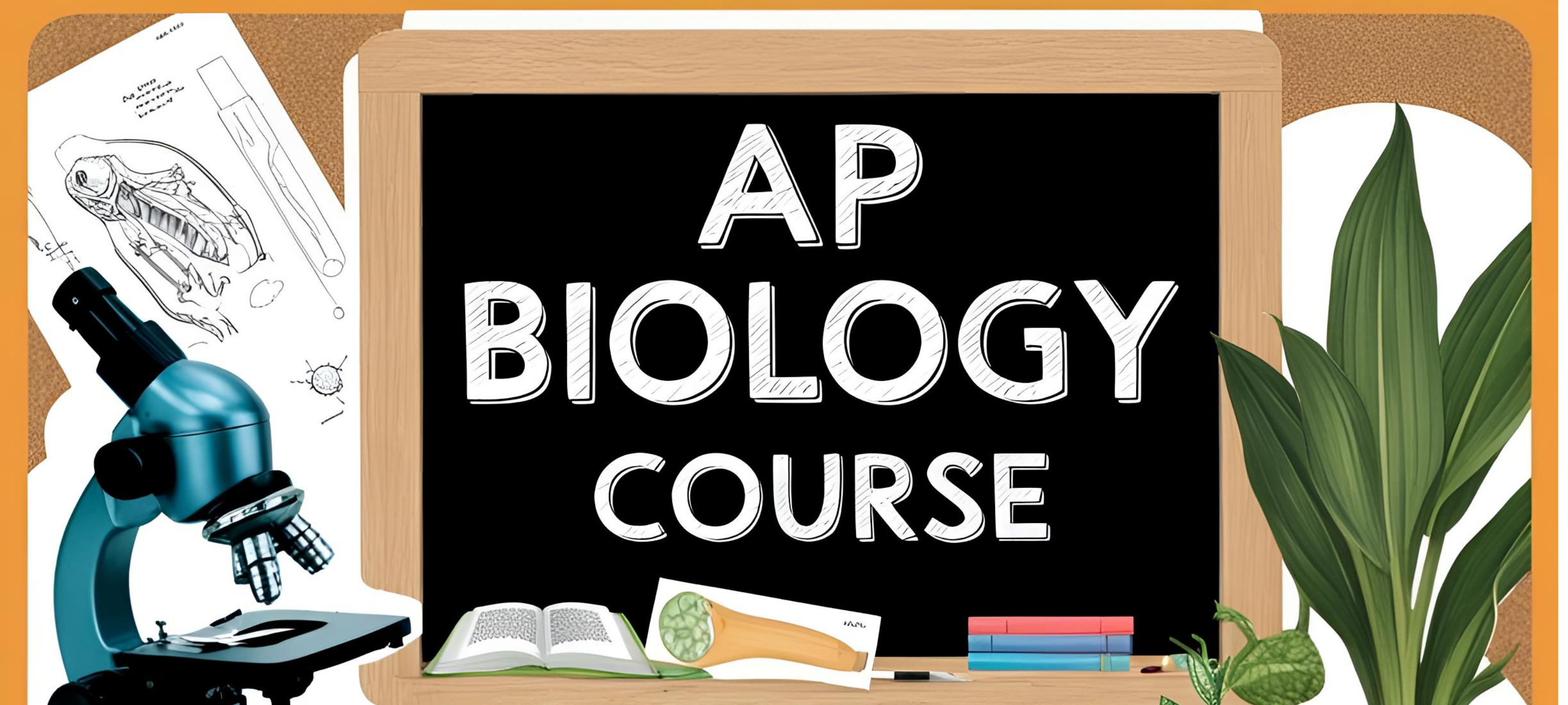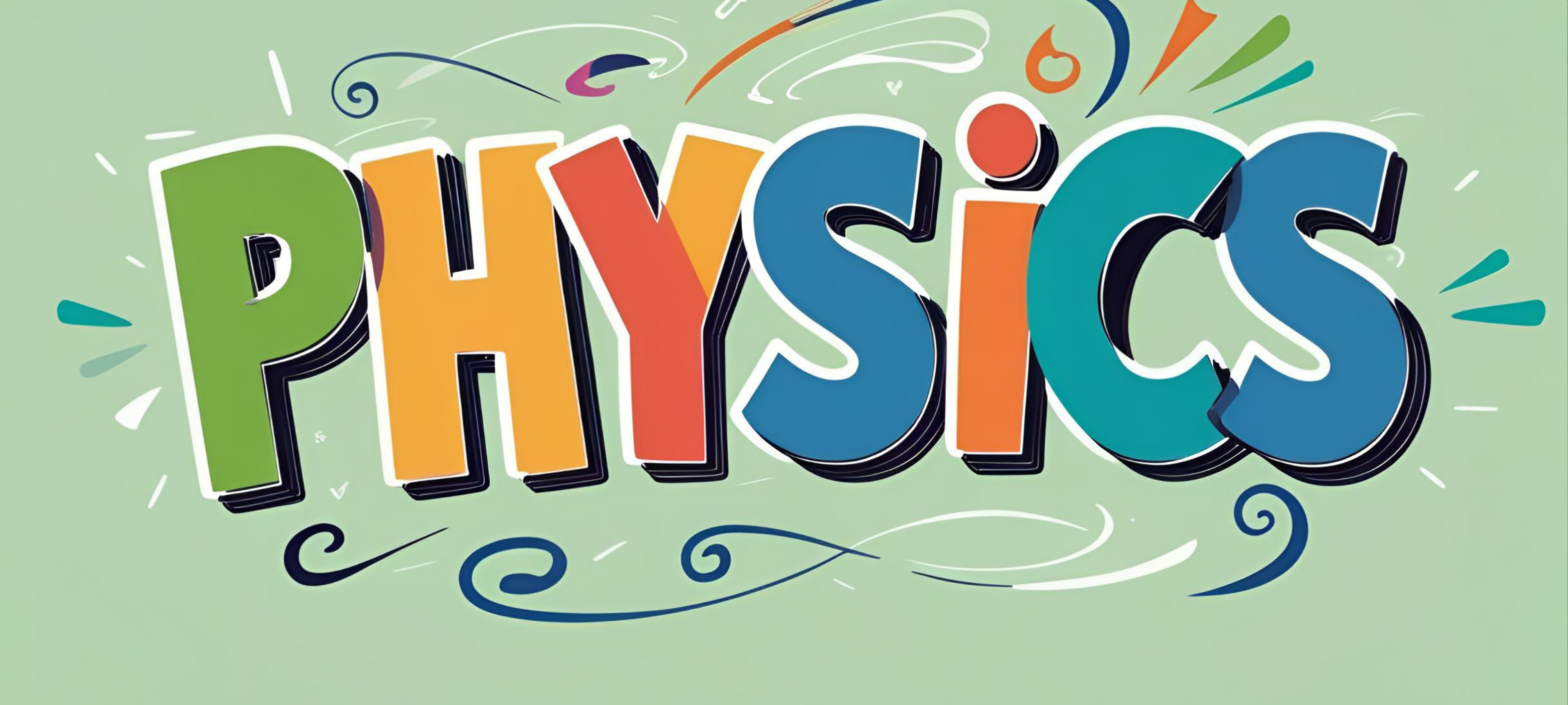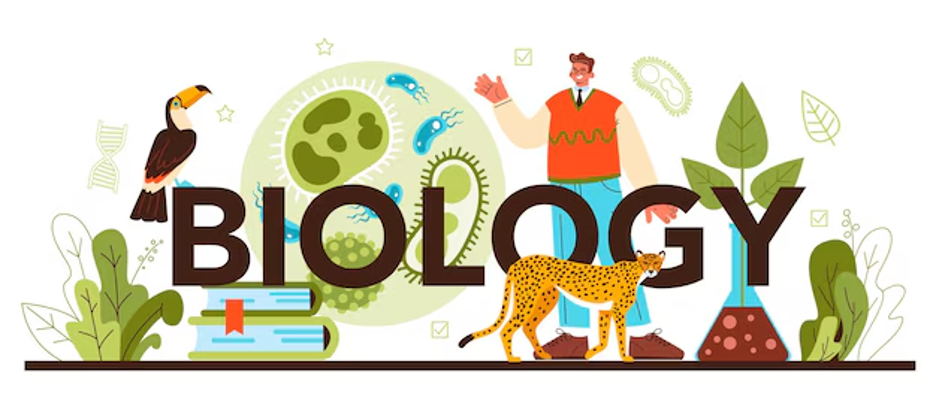- 教师: sassanojamie
IPERC Academy
可用的课程
📘 About This Course
This course begins with a review of the Civil War, setting the stage for an in-depth exploration of key historical themes such as Reconstruction, the Gilded Age, American Imperialism, and the nation's rise as a global power.
Students will analyze the economic, political, and social transformations that shaped the country through the 19th and 20th centuries.
Topics will include World War I and its impact on American identity, the Great Depression and the New Deal, the tragedy of World War II, and beyond.
In this course, students will identify historical connections between art, society, politics, economy, and more within the western tradition from the fourteenth century to the present. This course will examine theoretical/critical texts in tandem with selected artworks on a weekly basis. Students will create a final project and a written summary that researches and analyzes an artwork, artist, or movement. Students must have a willingness to engage with the texts and participate in weekly discussions.
Learning Outcomes
● Lead class discussions and present course materials in a confident, thoughtful, inclusive, and cohesive manner.
● Synthesize course concepts and class discussions into individual presentations and research projects.
● Assess academic and non-academic sources.
● Create a compelling and scholarly independent research project in which a wider audience can engage.
- 教师: UserAdmin

English 11 High School Core Course
- 教师: LauBruce
Organizational Behaviour
Course Description
This course creates a knowledge base from which students can develop organizational competence. It examines the relationships between organizational performance and the behavior of individuals, groups, and overall organizations. Emphasis is placed on interpersonal issues as well as challenges arising from technological change, workforce diversity, ethical dilemmas, and internationalization.
Methodology:
The key focus should be on how different theories, frameworks, and activities have shaped your understanding of organizational behavior, and how they connect with your broader academic and professional development.
Example: Professional development refers to how learning about organizational behavior has shaped your thoughts on how you should conduct yourself at work.
Measurable Learning Objectives
- Gain sensitivity to the human needs that influence organizational life, especially those that hinder or promote individual and team performance, while applying Transformational Servant Leadership concepts to readings and case studies.
- Understand the nature of human organizations and their broad individual and social dynamics.
- Develop understanding of the social dynamics of organizations and how leaders must adapt their strategies as their organizations change in character or size.
- Build a facility in analyzing organizational events and situations from different theoretical and practical perspectives.
- Develop positive strategies for sustaining high motivation and satisfaction among followers.
Textbook
Your textbook is an e-book subscription. You are required to access the VitalSource webpage to obtain it:
Johns, G., & Saks, A. M. (2019). Organizational Behaviour (11th ed.). Pearson Education Canada.
📘 Access via VitalSource
- 教师: ZhangWendy

This short course on EAP - Writing for Graduate School is designed as a resource for students to understand academic writing and to prepare for future writing at the graduate level. It touches on specific topics related to how to construct an argument or claims and how to incorporate knowledge and information from outside sources into your own academic work. Some of the learning activities were created specifically in the second language contexts in which student’s native tongue is other than English.
- 教师: lidaisy
- 教师: ZhangWendy
课程介绍
本课程旨在帮助当前担任领导职务的人员评估并提升以下方面的能力: 辅导和发展团队、管理冲突、建立关系, 将对抗转化为合作,并探索与实践团队合作。
参与者将理解冲突理论、团队发展、 激励机制与管理策略。 作为领导者和变革推动者,学员将分析并构建关键的知识与技能领域, 以培养自我更新与沟通能力,并理解这些能力在团队中的互动方式。
这些能力的发展将增强学员重视他人的意识,从而提升他们在团队环境中进行 谈判、干预和产生影响的有效性。
本课程采用引导式、参与式和体验式教学方法。 完成本课程后,学员将经历个人成长,并具备信心与能力去影响他人, 通过建立关系、合作性谈判,以及在团队环境中建立更大的信任来实现有效领导。
- 教师: lidaisy
- 教师: ZhangWendy
课程描述
本课程构建了一个知识基础,帮助学生培养组织能力。课程探讨了 组织绩效与个人、群体及 整体组织行为之间的关系。在此过程中,课程重点强调人际关系问题, 以及因技术变革、员工多样性、伦理挑战和 国际化所带来的影响。
- 教师: lidaisy
- 教师: ZhangWendy
课程描述
核心主题
竞争分析
战略制定
战略实施
战略评估
学习方式
学习成果
- 教师: lidaisy
- 教师: ZhangWendy
- 教师: duandido
- 教师: guanshixuan
- 教师: xialei
- 教师: zhanglixia
- 教师: zhangyulian
- 教师: ChenBill Shaozhuang
- 教师: duandido
- 教师: IrvineChristine
- 教师: liuyi
- 教师: xialei
- 教师: yangSeren
- 教师: cuiyiying
- 教师: duandido
- 教师: GiannottiStephen
- 教师: wuyan
- 教师: xialei
- 教师: zhouxuanzi
- 教师: CaiAmy
- 教师: ChenBill Shaozhuang
- 教师: fengxingxing
- 教师: liubess


